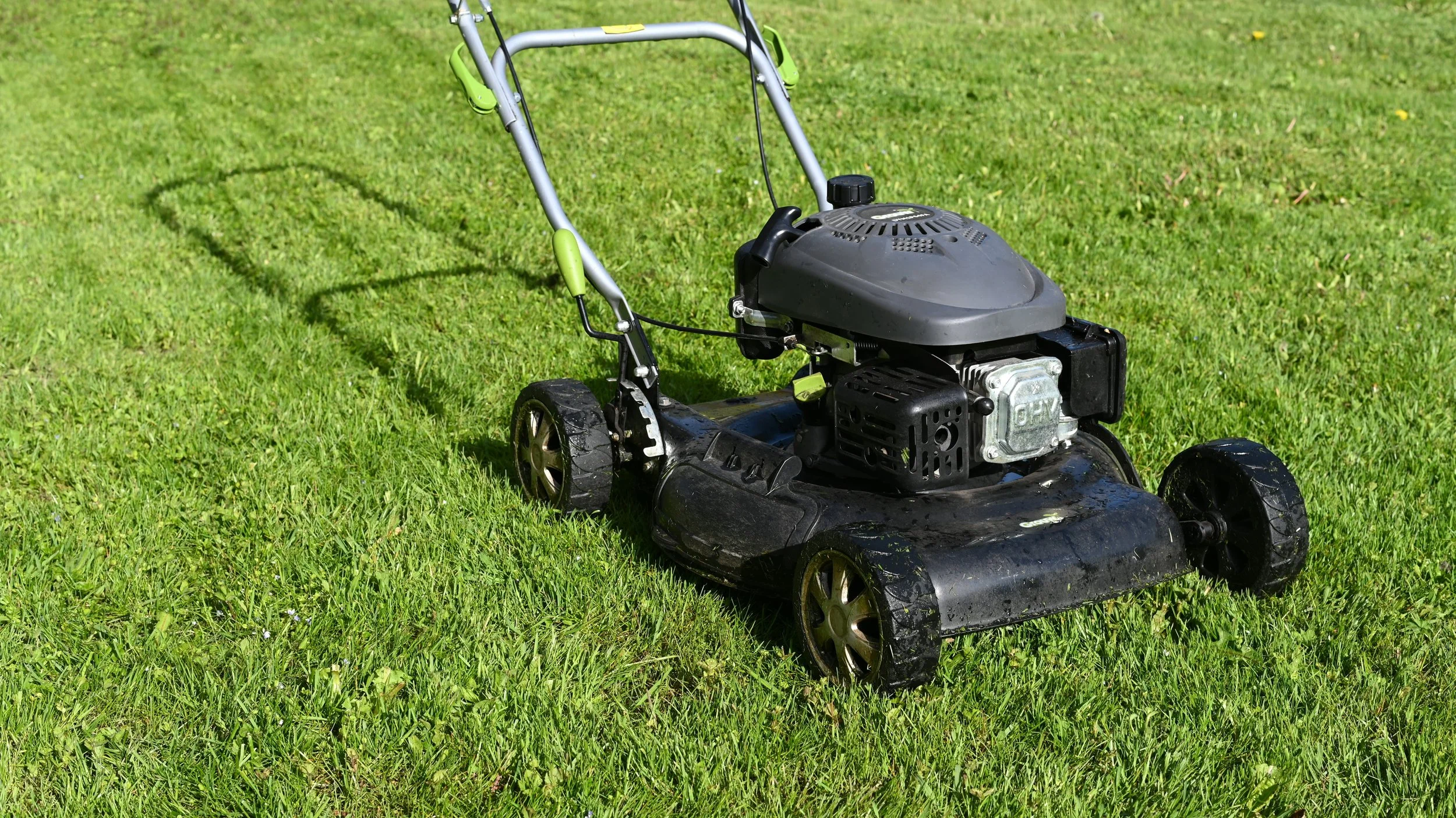Essential Lawn Care and Sprinkler Maintenance Tips You Need to Know
RH Business Marketing Solutions
Maintaining a lush, green lawn isn't just about aesthetics; it's also about creating a healthy outdoor environment for relaxation and enjoyment. However, achieving that perfect lawn requires more than occasional mowing and watering. Proper lawn care and sprinkler maintenance are essential practices every homeowner should know to keep their yard vibrant and healthy year-round.
This comprehensive guide will explore the key aspects of lawn care and sprinkler maintenance to help you achieve the lawn of your dreams.
Understanding Your Lawn's Needs
How Grass Can Be Affected
Depending on your climate, the type of grass you have will be affected.
Different grass species thrive in different climates. Understanding the type of grass in your lawn and your region's climate is crucial for effective lawn care. For example, Utah has a mostly dry, semi-arid, and desert climate. The summers are hot and dry, while the winters are very cold.
Kentucky bluegrass is one of the most common grass types found in Utah lawns. It's known for its lush, dense growth habit and beautiful green color. Kentucky bluegrass is well-adapted to Utah's climate and soil conditions, thriving in full sun to partial shade. It has good drought tolerance and recovers well from foot traffic, making it suitable for high-traffic areas.
The Importance of Soil Health
Healthy soil is the foundation of a lush lawn. Conduct a soil test to determine its pH level and nutrient content. Based on the results, you can amend the soil with fertilizers or organic matter to improve its health and fertility.
For cool-season grasses commonly found in Utah, such as Kentucky bluegrass and tall fescue, the ideal pH range is typically between 6.0 and 7.0. This range provides the best conditions for nutrient availability and uptake, promoting healthy root development and overall turf vigor.
Proper Mowing Techniques
Regular mowing is essential for maintaining an attractive lawn, but improper mowing can damage grass and promote weed growth. Set your mower blade to the appropriate height for your grass type, and avoid cutting more than one-third of the grass height at a time.
Adequate Watering
Like all life, lawns need water. Proper watering is critical for the health of your lawn; however, it's easy to over- or underwater.
Aim to provide your lawn with about 1-1.5 inches of water per week, either through rainfall or irrigation. Water deeply and infrequently to encourage deep root growth and drought resistance. In places like Utah, where there is low humidity—and an average annual rainfall of 11 inches—it's important to ensure your lawn is properly hydrated.
Essential Sprinkler Maintenance Tips
Inspect Sprinklers Regularly
Conduct routine inspections of your sprinkler system to check for leaks, clogs, or damaged components. Look for soggy areas or dry patches on your lawn, as these could indicate problems with your irrigation system.
Adjust Sprinkler Heads
Ensure that your sprinkler heads are properly adjusted to provide even coverage across your lawn. Adjust the spray pattern and direction to avoid watering sidewalks, driveways, or other non-landscaped areas.
Clean Filters and Nozzles
Over time, sprinkler filters and nozzles can become clogged with debris, affecting water distribution. Clean or replace filters and nozzles regularly to maintain optimal performance.
Check Water Pressure
Excessive water pressure can cause sprinkler heads to mist or spray unevenly, leading to water waste and poor coverage. Use a pressure gauge to check the water pressure and adjust it as needed to ensure consistent, uniform watering.
Schedule Regular Maintenance
Consider scheduling professional maintenance for your sprinkler system at least once a year. A qualified technician can perform thorough inspections, repairs, and adjustments to keep your system in top condition.
Environmental Considerations
Even though watering your lawn is important, it's also necessary to be mindful of water usage and practice water conservation techniques, such as watering during cooler times of the day and installing rain sensors to prevent irrigation during rainfall.
Additionally, when fertilizing or treating your lawn for pests and weeds, opt for eco-friendly products that minimize environmental harm and beneficial organisms like bees and earthworms.
Furthermore, incorporate drought-tolerant plants, native species, and mulch into your landscape design to reduce water consumption and maintenance requirements.
Final Thoughts
By following these essential lawn care and sprinkler maintenance tips, you can create a beautiful, healthy lawn that enhances the beauty of your outdoor space while conserving water and promoting environmental sustainability. Remember, a little care and attention go a long way toward achieving the lawn of your dreams.








